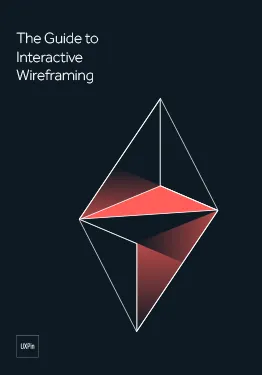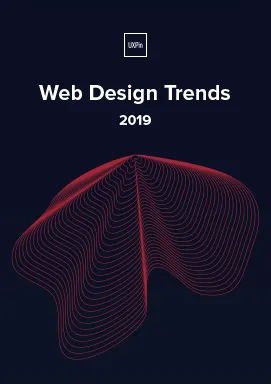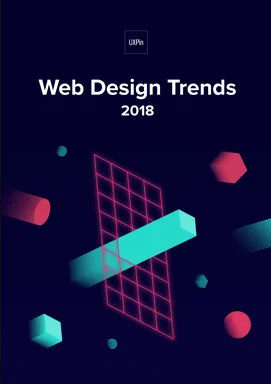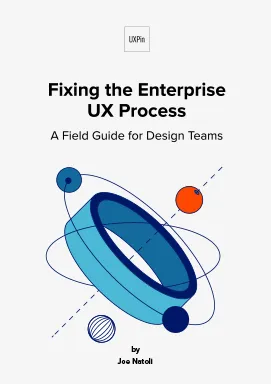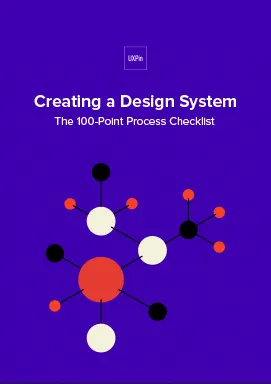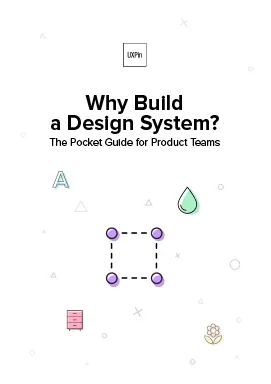The Guide to Interactive Wireframing
Wireframing Content, Interactions, And Motion
The Power of Effective Wireframing
User experience remains a priority for digital platforms and products. We will be taking a closer look at the power of wireframing, unpacking the steps involved, factors to consider, and methods of execution, which will refine good designs into great ones. The ebook will be especially useful for website designers with all levels of mastery who wish to add effective strategies to their page layout methods.
We provide an insightful look into the evolution of wireframing and how it is continuously being shaped by the industry. The ebook explores how variables have changed and how design experts can tweak their work methods to achieve the best results for their clients. In other words, we are here to address that wireframing is far from being dead and how it provides users with the power to analyze, synthesize, dissect problems, and assemble the most innovative ideas.
What the Wireframing Guide Will Teach You
The ebook is divided into four main sections that will guide absolute beginners into becoming confident experts on wireframing. Each section covers major junctures in the wireframing process to enable quick and effective reference.
Section 1- How to Use Wireframes in the UX Design Process: We introduce the concept of wireframing and what it means for designers. In this section, we will take the reader through the pros and cons of wireframing and the essence of a modern wireframe. The section concludes with a deep dive into how wireframes fit into existing or future web designs and how much work a designer needs to invest in creating a productive wireframe.
Section 2 – From Content Wireframe to Interactive Wireframe: This section explores how wireframes are effective guidelines in the progress of UX design. We will explain why the details of a wireframe are not interchangeable with its context and the means of distinguishing both aspects. We also look at the fundamentals of wireframe content and context, to identify vital elements that should exist in all designs. We will examine the use of signifiers and how they add value to wireframe structures, and why interactivity should remain a primary focus in modern UX projects.
Section 3 – A Hands-on Approach to Rapid Prototyping: The penultimate section explores the often-overlooked importance of prototyping in UX designs. We will be guiding readers on the most effective methods of prototyping their major projects and introducing the power of low-fidelity prototyping. The later parts of the section will dissect the components of low-fidelity prototypes and how users can string together a rapid lo-fi prototype for maximum output in their wireframes.
Section 4 – How to Wireframe & Prototype Motion: The concluding section of the ebook presents a summary of points (covered in preceding chapters) on why wireframe is a powerful solution to optimizing UX projects. We will also delve into the details of wireframing motion and converting static content into the dynamic displays characteristic of interactive online environments. The final chapters within the section provide a step-by-step practical guide for readers to help familiarize themselves with UXPin processes such as simple interactions and custom animations.
Other Resources Related To Wireframing
Wireframing is a complex technique that requires constant practice and improvements for optimal results. We have rounded up some of the most informative resources on wireframing to provide readers with additional information that will supplement the content of this ebook.
In-depth wireframe blogs can shed light on the FAQs and strategies of the process, which may include the three guiding principles of clarity, confidence, and simplicity. Extra content will help fill the gaps between the lessons outlined in our ebook to help readers gain mastery over wireframe techniques.
UXPin provides a comprehensive library of wireframe and UX resources that will help users hone their craft, which includes:
- The Next Generation Wireframes are Microframes – An insightful blog on the current state of wireframes and what users should expect.
- 3-Minute UX Tips: Wireframe in Content Blocks – An instructional article on breaking down wireframe projects into bite-sized blocks for ease of reference and management.
- How to Quickly Wireframe & Prototype a Responsive Email – Tricks and tips on creating mobile-friendly email templates with the power of wireframing.
